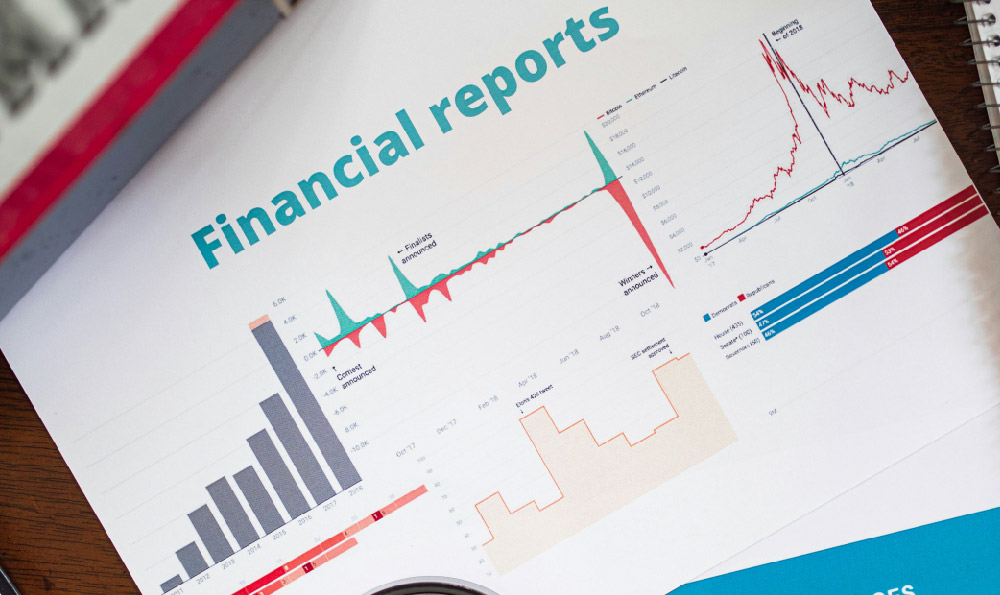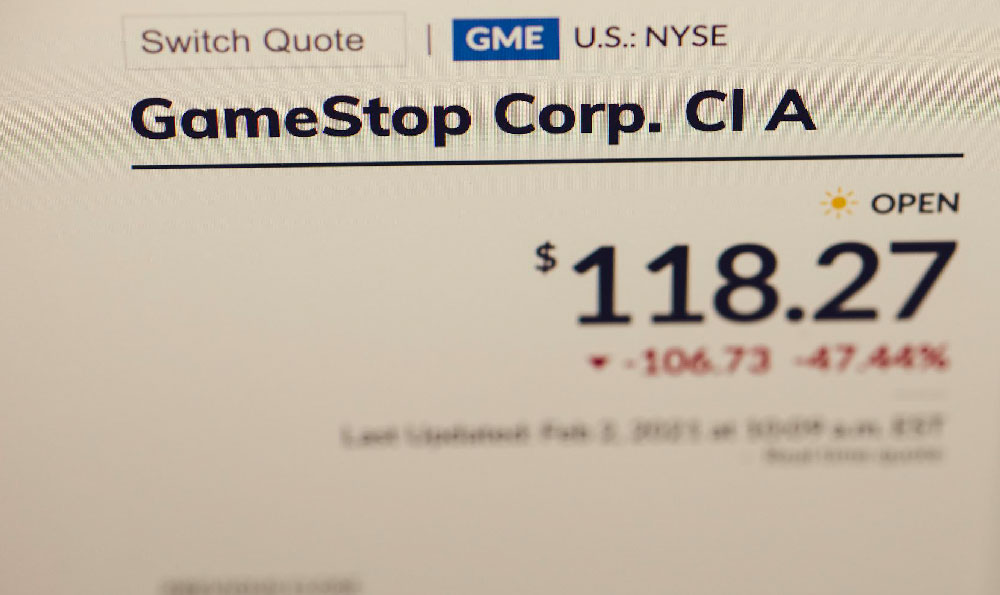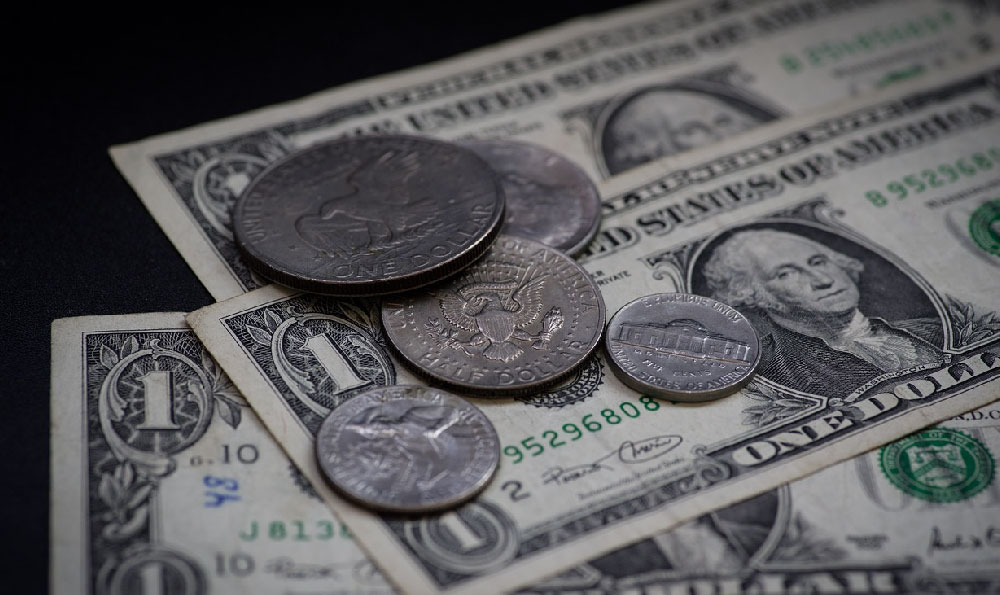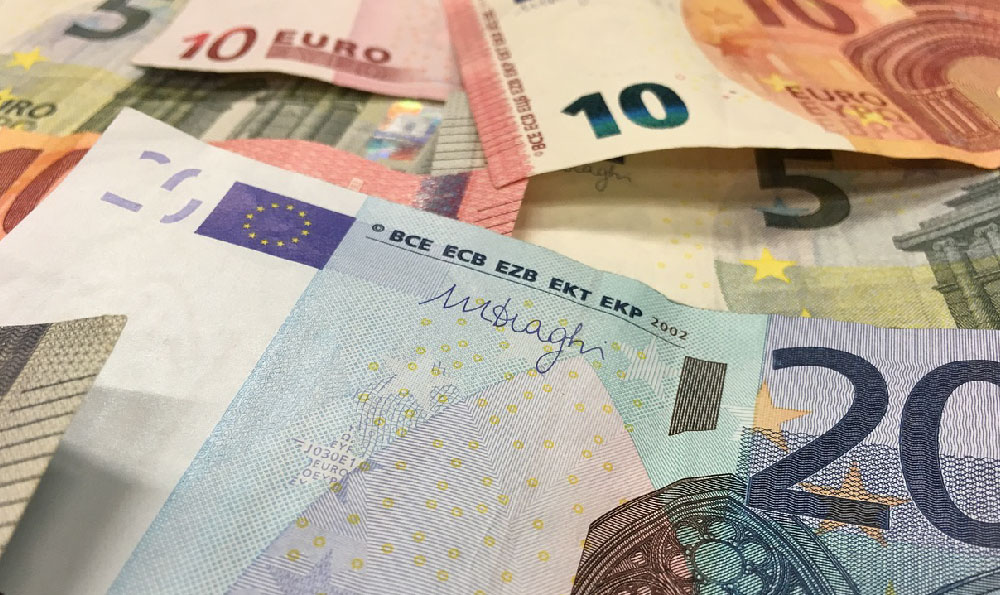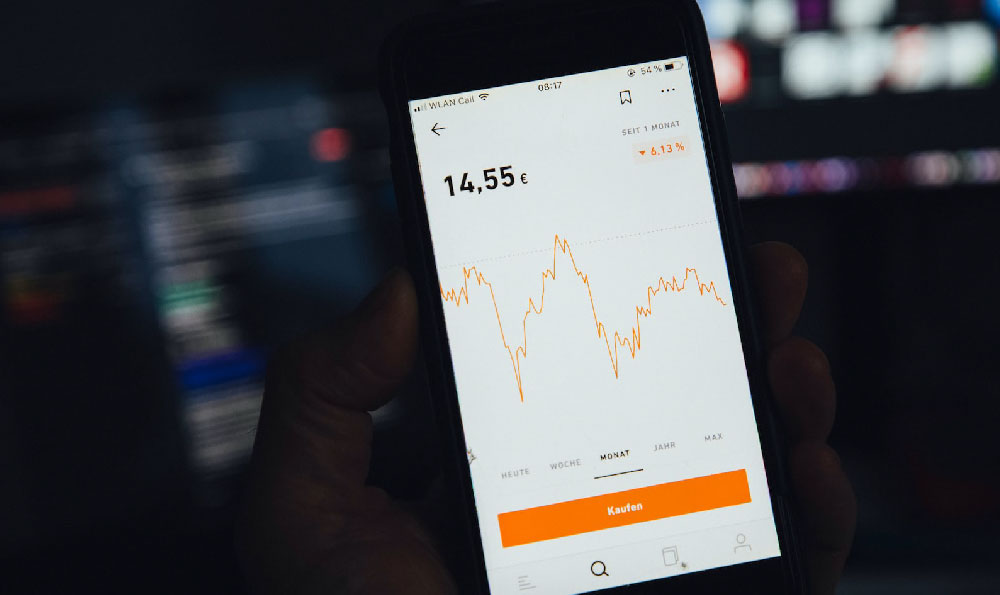Creating content on YouTube has become a powerful platform for teens to monetize their passion and creativity. With the right approach, young creators can turn their hobbies into revenue streams, build personal brands, and even gain recognition beyond their local communities. However, success requires more than just uploading videos—it demands consistent effort, strategic planning, and awareness of the opportunities available to those under 18. While YouTube's official monetization programs typically require creators to be at least 18 years old, there are alternative methods that 16-year-olds can explore to generate income while adhering to legal and safety standards.
One of the most accessible ways for teens to profit from YouTube is through brand partnerships. Collaborating with companies that sponsor content can provide income without requiring a verified account. Many brands are open to working with young creators who have engaged audiences, especially for niche products like gaming accessories, fashion items, or educational tools. Teens can start by building a strong presence in their chosen niche, then reach out to brands through email or social media platforms. For example, a student who streams gaming content might secure a sponsorship for a headset or controller from a tech company. It's important to establish clear contracts and ensure transparency with followers to maintain trust and credibility.
Another avenue is affiliate marketing, where creators earn commissions by promoting products through unique referral links. Teens can benefit from this by reviewing gadgets, books, or beauty products and sharing their affiliate links in video descriptions or in-video overlays. Some platforms like Amazon Associates or TikTok Shop allow young creators to participate in affiliate programs with proper parental consent. This method not only generates income but also helps teens develop skills in product evaluation and audience engagement. For instance, a teenager who creates tutorial videos on DIY crafts could earn money by linking to suppliers of crafting materials.

Content creation can also be limited to selling digital products. Teens with artistic or design talents might monetize their work by offering printable templates, stock photos, or graphic design services. Websites like Etsy or Gumroad provide safe platforms for young creators to sell their content while maintaining control over their intellectual property. Additionally, educational content creators can offer paid courses or email newsletters for subscribers. This approach allows teens to leverage their expertise and build a business model that aligns with their interests.
Monetization through YouTube's official programs may not be immediately accessible to 16-year-olds, but alternative options exist. For example, the YouTube Partner Program (YPP) requires creators to be 18 or older, but some creators can earn money through sub-channel monetization, where they promote their main channel's content on other platforms. This can generate income through affiliate links, selling merchandise, or offering exclusive content. Teens can also explore YouTube's newer features, such as Super Chat or channel memberships, which allow supporters to pay for access to premium content. These options provide creative ways for young creators to monetize their work while waiting to meet YPP requirements.
Developing a sustainable YouTube presence requires more than just content creation—it involves consistent posting, audience interaction, and understanding platform algorithms. Teens should prioritize quality over quantity, focusing on creating engaging and valuable videos that resonate with their target audience. Tools like Canva or Camtasia can help young creators produce professional-grade content without expensive equipment. Additionally, using YouTube analytics to track viewer behavior and preferences can guide content development. For example, analyzing which videos receive the most engagement can help teens identify what topics to explore next.
Teens can also leverage their channels for broader opportunities, such as building a personal brand. By consistently creating content and engaging with followers, young creators can position themselves as influencers in their niche. This may lead to opportunities like brand collaborations, speaking engagements, or even job offers in the future. Moreover, maintaining a positive online presence and ethical content practices can help build long-term relationships with fans and collaborators. For example, a teen who creates educational content might offer freelance writing or editing services to other creators.
Finally, while the path to monetization on YouTube is not easy, it is achievable with dedication and the right strategies. Teens should start by experimenting with different content formats, identifying what works best for their audience, and refining their skills over time. Building a loyal following takes months of consistent effort, but the rewards—both financial and personal—can be substantial. By focusing on creating valuable content and staying committed to their goals, young creators can turn their YouTube channels into a meaningful source of income and growth.





